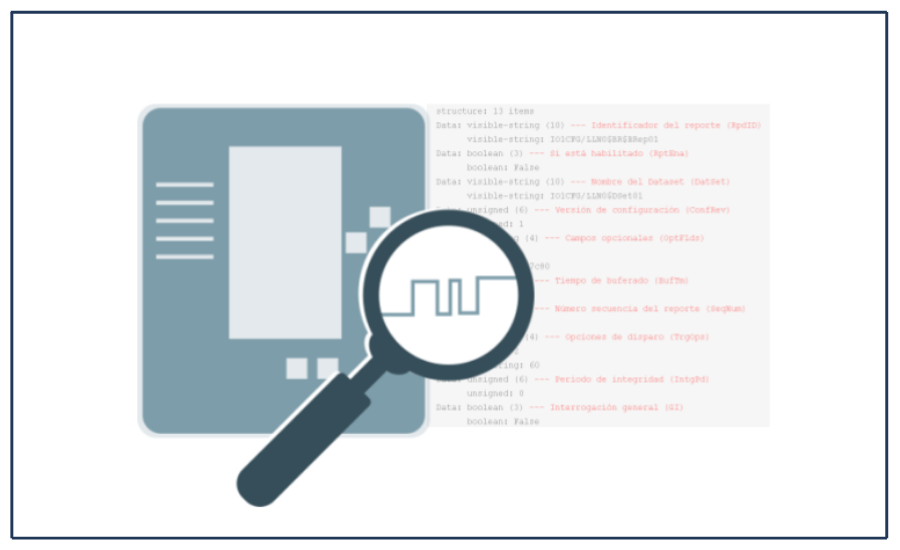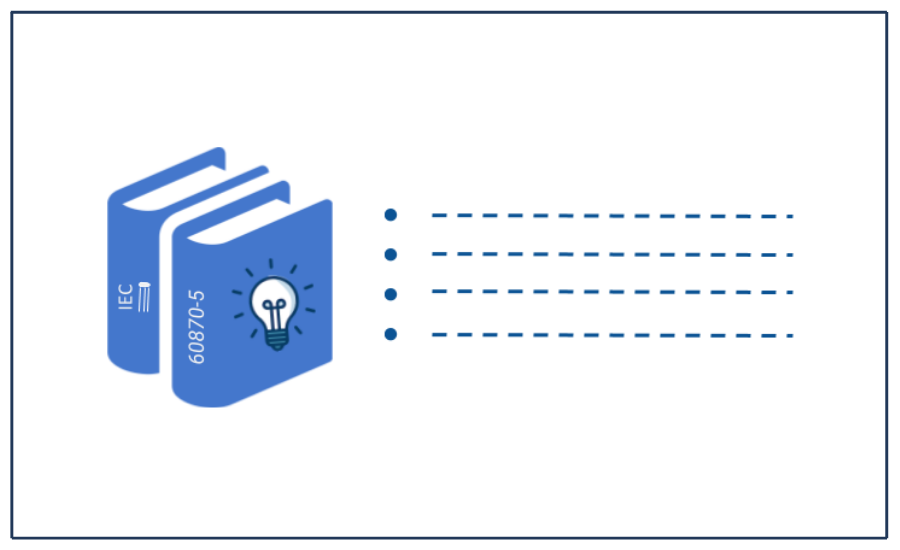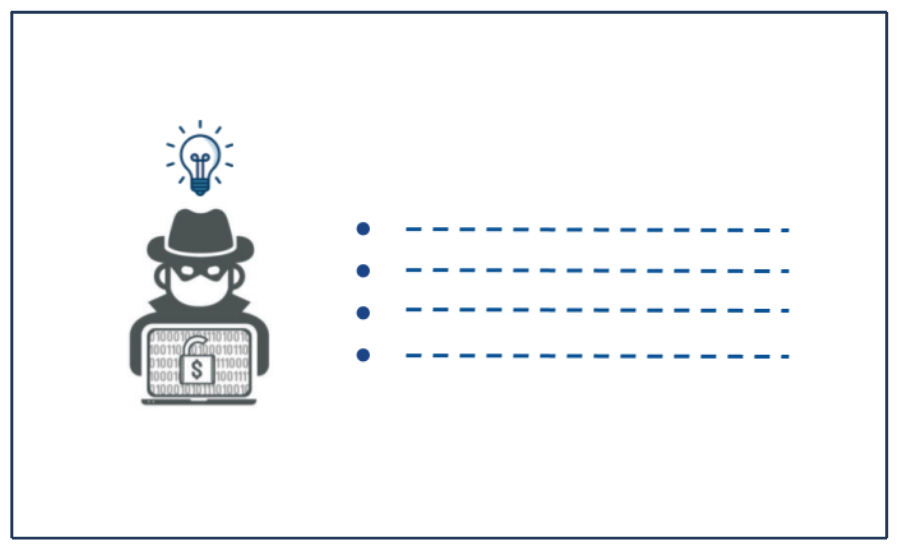In the following article, we indicate some tips for parameter configuration in IEC 60870-5-101/104 in order to optimize bandwidth factors and avoid configuration problems in communication
According to IEC 60870-5-101/104 standards, it is possible to adjust the size of some parameters to optimize the bandwidth on the channel. These parameters are:
- Link address: this parameter is exclusive to the IEC 60870-5-101 protocol and is used to physically address the device. It can be one or two octets, and even not present if the communication is point-to-point. If the slave address is less than 254, a single octet can be used, but if it is higher, both octets must be used.
- Transmission cause: if the channel has only one master, it is possible to use only one octet, since the second octet contains the Originator Address that corresponds to the master’s address, so it only makes sense if different masters need to be identified.
- ASDU address: this address allows to make associations at a logical level of several communication links, if its size is defined with one octet, it is possible to address from address 1 to 254; and with two octets it is possible to address from address 1 to 65534 taking into account that the last value in both cases is the global or broadcast address.
- IOA: refers to the direction of the process signals, this can be one, two or three octets in size depending on the amount and direction of the signals, as well:
- One byte for addresses between 1 and 255.
- Two bytes for addresses between 1 and 65,535
- Three bytes for addresses between 1 and 16,777,215
For example, if you need to send 150 signals and none exceed address 255, you can use an octet for the IOA size parameter.
In certain device configurations, the size of the transmission cause, instead of being indicated as one or two octets, appears as enabled or disabled Originator Address. This is interpreted as follows: if the Originator Address is enabled, the transmission cause is two octets, but if it is disabled, the cause is one octet. In case the Originator Address does not match this parameter between the slave and the master, the information may be rejected for unauthorized origin.
IEC 60870-5-104
T0 must always be higher than T3, these two times supervise the communication status when there is no data, if T3 is higher a disconnection is generated due to inactivity in the channel.
T1 must always be higher than T2, these two times monitor the communication status when there is fluid traffic, if T2 is lower it can generate disconnection due to lack of event confirmation.
K must always be greater than W, these two parameters ensure the performance of the channel in conditions of massive traffic. If K is lower than W, no disconnections will occur, however, for some moments the channel will be inactive (around T2) despite having data to send.
Generally when transmitting events on high latency channels, such as radio or satellite, disconnections may occur. In this case, T1 can be increased to extend the time for receiving the confirmation of sent events; and T2 can be reduced to confirm sequences faster.
We invite you to try our protocol telecontrol simulator Axon Test
Article written by: Alonso Rojas Rojas, Telecontrol Specialist-AxonGroup



